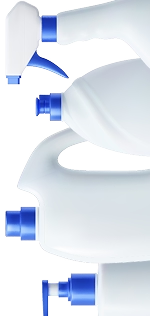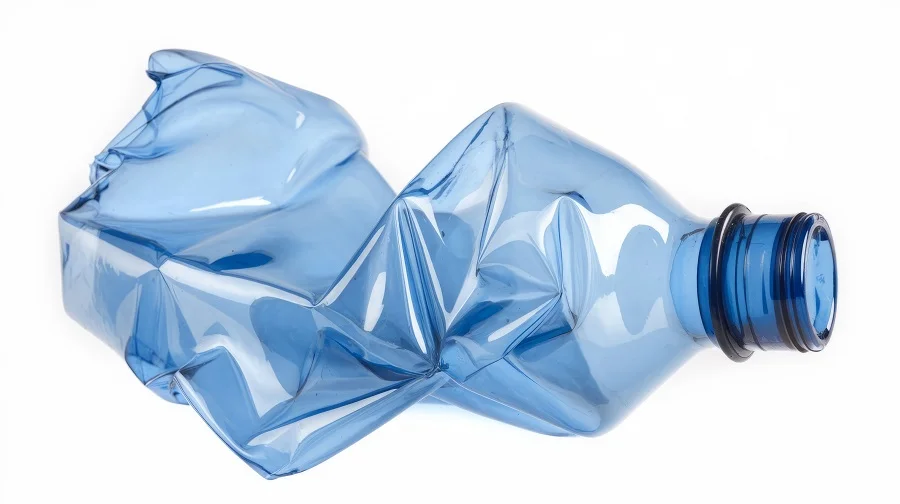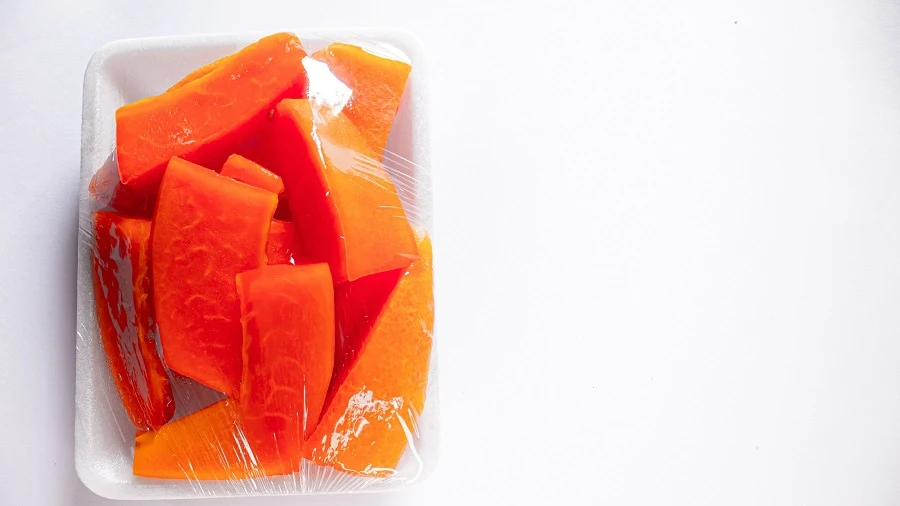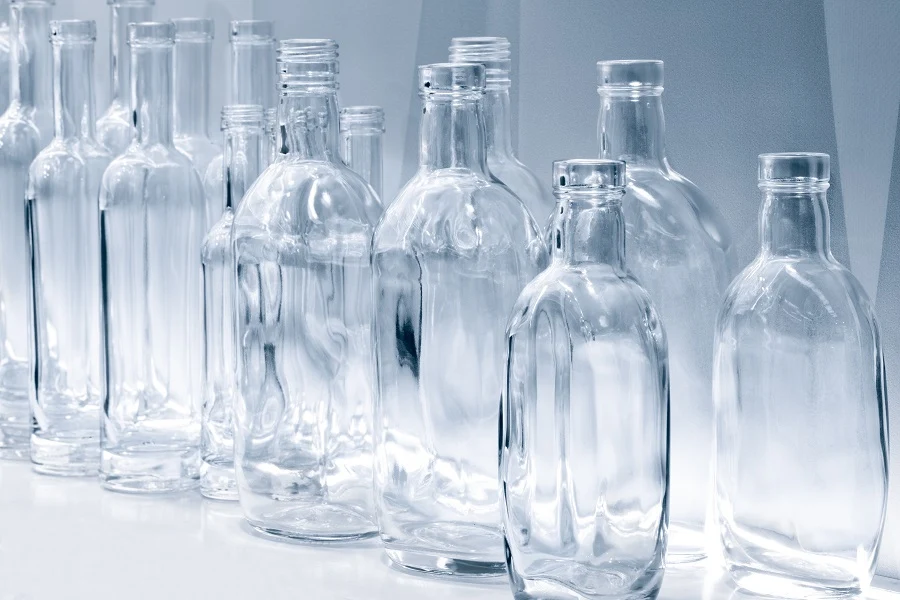Plastic vs. Glass Packaging: Which Is Right for Your Brand?
- ByRobert "Rob" Starmann
- July 24, 2025
Your chosen packaging speaks volumes about your brand in today’s competitive market. Selecting between plastic and glass packaging isn't merely a functional decision — it's a strategic choice that impacts everything from customer perception to your bottom line.
With over 50 years of industry experience at Ashland Container, we've guided countless brands through this crucial decision. This comprehensive guide will help you navigate the complex plastic versus glass packaging considerations to find your perfect solution.
What Is the Difference Between Glass and Plastic Packaging Containers?
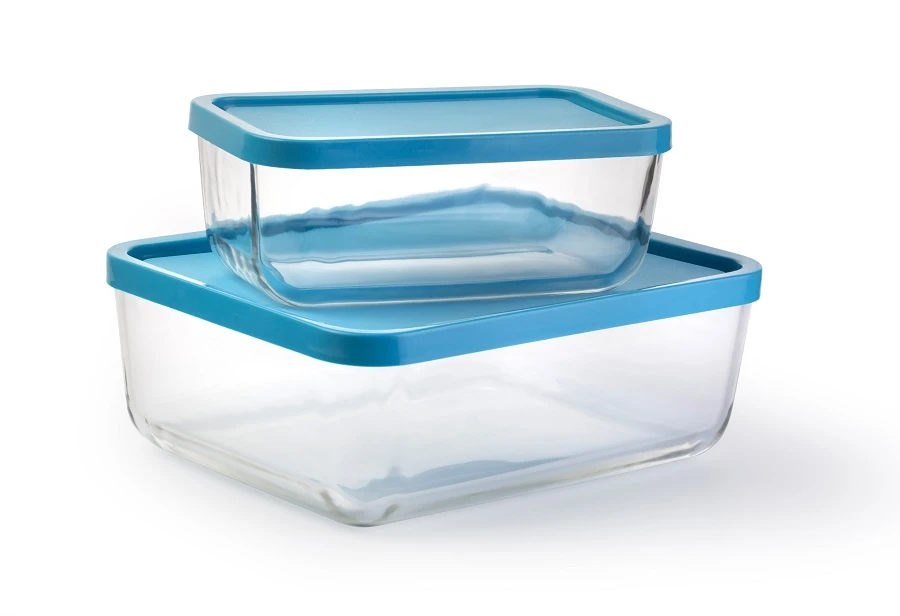
Choosing between glass and plastic for your packaging requires careful consideration of their inherent differences. From material composition and manufacturing processes to sustainability and brand perception, understanding these distinctions is key to making an informed decision that aligns with your product and brand goals. This section breaks down the fundamental differences between glass and plastic packaging containers.
Target Market & Brand Positioning
Your packaging should align with customer expectations and brand positioning. Premium and luxury markets often benefit from glass's quality perception, while mass market products leverage plastic's cost advantages.
Natural and organic brands may use glass to reinforce purity messaging, while convenience-oriented products benefit from lightweight plastic. Health-conscious consumers often value glass's non-leaching properties, while both materials can support different sustainability narratives depending on your supply chain.
Distribution & Logistics
Your supply chain realities significantly influence optimal packaging choice. For example, longer shipping distances magnify the cost impact of glass weight, while varied storage conditions may affect material stability.
E-commerce sales raise breakage concerns with glass, and international markets present different regulatory and recycling environments. Your distribution channels, handling requirements, and environmental conditions all influence which material makes the most operational sense.
Sustainability Goals & Regulations
Environmental considerations are increasingly important in packaging decisions. Both materials can support different corporate sustainability commitments, depending on your priorities. Local recycling infrastructure varies and impacts real-world sustainability outcomes.
In terms of regulations, Extended Producer Responsibility laws are becoming more common globally, while potential future regulations regarding single-use plastics continue to evolve. Based on a lifecycle analysis, there are complex environmental tradeoffs between materials.
Cost Sensitivity
We understand that pricing is also a factor in determining your material choice. Premium pricing strategies can absorb glass's higher costs, while value positioning often requires plastic's cost advantages. Your competitive category dynamics, margin requirements, total cost structure, and production investment capabilities all factor into optimal material selection.
Why Container Packaging Decisions Matter
Your packaging choice affects far more than simply containing your product. The container housing your product creates an immediate impression on consumers. Premium spirits brands often select glass bottles to convey quality and tradition, while modern wellness companies might opt for lightweight, recyclable plastics that align with active lifestyles.
Brand Image & Perception
The material you choose immediately communicates your brand values. Glass often relays premium quality, tradition, and purity, while plastic can signal practicality, innovation, and everyday convenience. This perception significantly influences how consumers value your product and varies by industry.
Cost Implications
Your packaging decision impacts your entire cost structure, from initial manufacturing investment to long-term operational expenses. This includes raw material costs, production requirements, shipping expenses, storage needs, and insurance considerations. These cost differences can be decisive for many brands, particularly startups or those with thin margins.
Sustainability Goals
Consumers are becoming more environmentally conscious. Packaging has become a visible statement of a brand's commitment to sustainability. Both materials have complex environmental footprints that must be evaluated based on your specific supply chain, target market, and corporate values.
Product Integrity & Shelf Life
Different products have unique requirements for protection from light, oxygen barrier properties, chemical interactions, impact resistance, and long-term durability. The wrong material can compromise product quality, reduce shelf life, or even create safety concerns.
Understanding the Pros & Cons of Plastic Packaging
Plastic packaging is a cost-effective, durable, and design-flexible solution. Its lightweight nature minimizes transportation costs, while its resistance to breakage reduces product loss. However, there are downsides, such as environmental concerns, a potentially lower perceived quality, and limitations in barrier properties for certain products. Therefore, plastic packaging requires careful consideration before choosing plastic.
Understanding the Pros & Cons of Glass Packaging
Glass packaging has been a long-time staple in the container industry, making it the clear option for many looking for their products to stand out. It provides chemical stability and has a great brand image for most, but it’s important to analyze whether glass packaging containers are the best option.
Making the Right Packaging Choice for Your Brand
Choosing the right packaging requires careful planning. We’ve outlined the essential steps to guide you in making the best material decision for your product, brand, and business goals:
- Conduct a thorough product assessment: Understand your product's requirements, such as chemical compatibility, sensitivity to light/oxygen, dispensing needs, shelf life, and temperature exposure. This technical assessment guides material selection.
- Assess your budget & target pricing: Consider your retail price point, margins, production volume, and all packaging-related costs. A comprehensive financial analysis provides the economic framework for your decision.
- Define your brand's values & positioning: Ensure your packaging supports your brand strategy. Evaluate quality perception, sustainability, user experience, differentiation, and customer expectations.
- Evaluate distribution channels & shipping requirements: Consider e-commerce vs. retail, shipping distances, storage conditions, and handling needs. Your supply chain's operational realities may favor one material.
- Seek expert consultation from Ashland Container: Leverage our 50+ years of expertise. We offer material guidance, custom solutions, sustainability assessments, cost optimization, and sample testing.
Real-World Examples of Different Packaging Brands
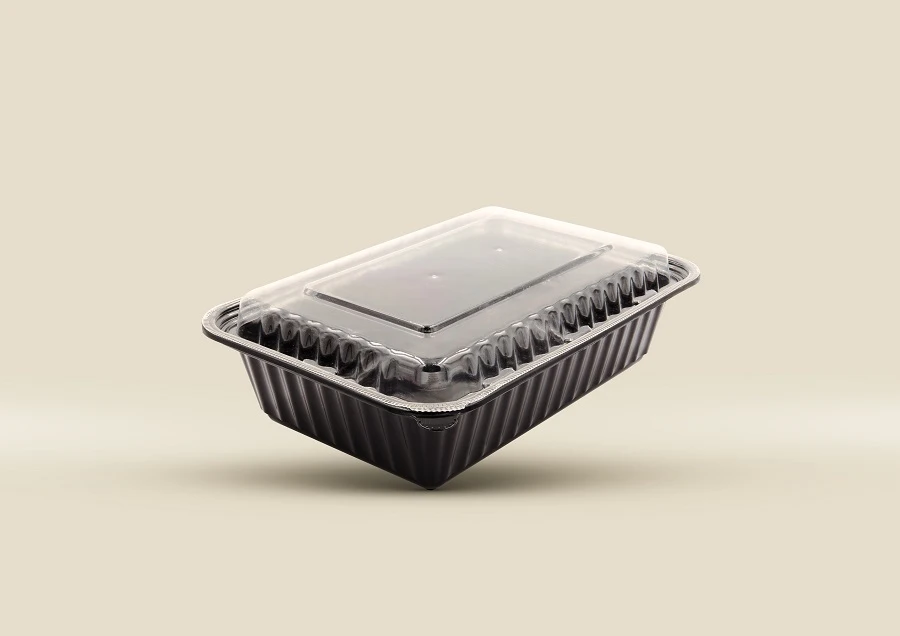
To illustrate the strategic considerations in action, let's examine how leading brands across diverse industries approach the plastic vs. glass packaging decision. These real-world examples offer valuable insights into aligning packaging with product positioning, brand values, and target consumers.
Household & Industrial Products
The household products sector showcases strategic material choices based on product positioning. Companies like Method use both materials strategically — plastic for daily cleaners, glass for premium home fragrances.
SC Johnson has innovated with concentrated refills in plastic alongside glass "forever bottles" as a sustainable system.
Industrial brands typically choose HDPE plastic for durability and chemical resistance, while automotive products use plastic for safety and functionality.
Food and Beverages
Food packaging uses varied material strategies that align with product positioning. Condiment brands like Hellmann's often offer glass (premium) and plastic (convenience) lines.
Specialty food producers like Stonewall Kitchen use glass jars to signal artisanal quality. Beverage companies like Snapple have tested both materials, balancing tradition with convenience.
Baby food often uses glass packaging for health-conscious parents despite plastic alternatives.
Wine & Other Alcohol Products
The beverage alcohol category illustrates how different materials support different brand positions.
Premium spirits brands like Crystal Head Vodka use a distinctive glass as central to their brand identity. Mainstream wine maintains standard 750ml glass bottles as the industry standard (though alternatives are emerging).
Ready-to-drink cocktails increasingly use aluminum or plastic for convenience and recycling benefits, while craft beer often relies on glass to signal quality and tradition.
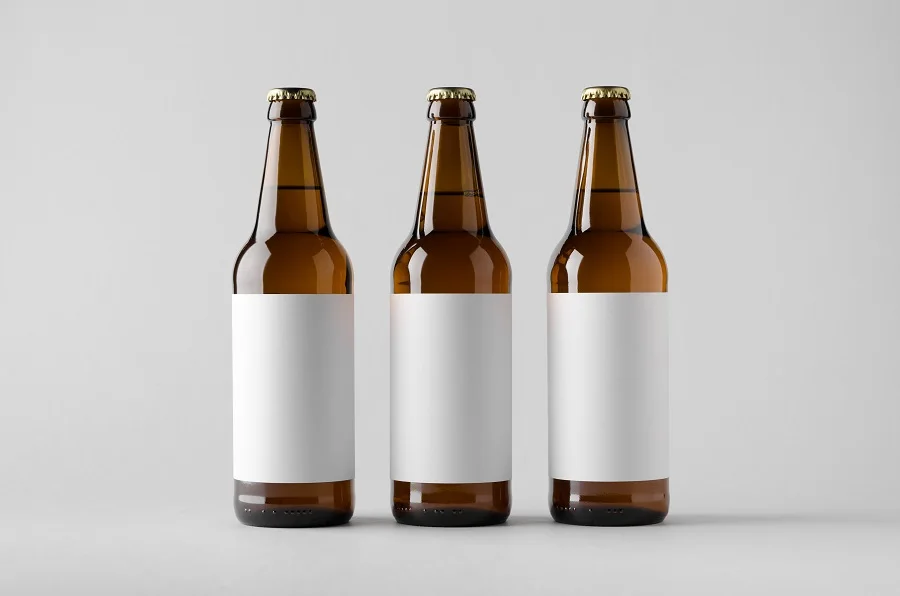
Weighing the Options for a Sustainable and Successful Brand
Choosing between plastic and glass packaging involves balancing multiple factors that impact your brand's success. Cost considerations throughout your supply chain, environmental impact and sustainability storytelling, brand positioning and consumer perception, product protection requirements, and practical logistics influence optimal material selection.
If you’re stressed about which material to use, know that no material is universally "better"; the right choice depends on your business context and priorities.
Your optimal packaging solution must align with your specific business reality. This includes your product formulation needs, brand values and positioning, target customer expectations, business financial parameters, and sustainability commitments. When these elements align with your packaging choice, you create a cohesive brand experience that resonates with consumers and supports operational efficiency.
Unlock the Power of Perfect Packaging with Us
With over five decades of experience serving diverse industries, Ashland Container understands the nuances of plastic vs. glass packaging. Let us guide you toward a solution that drives long-term success. Request a quote now!
Glass or Plastic? Let's Solve This Packaging Dilemma Once and for All!
Don't navigate this complex decision alone. Ashland Container's packaging experts are ready to help you select the perfect solution for your unique needs. We have over five decades of experience serving diverse industries, so we understand the nuances of this critical choice.
Contact us today for a free consultation and discover why countless leading brands trust Ashland Container for their packaging needs.

